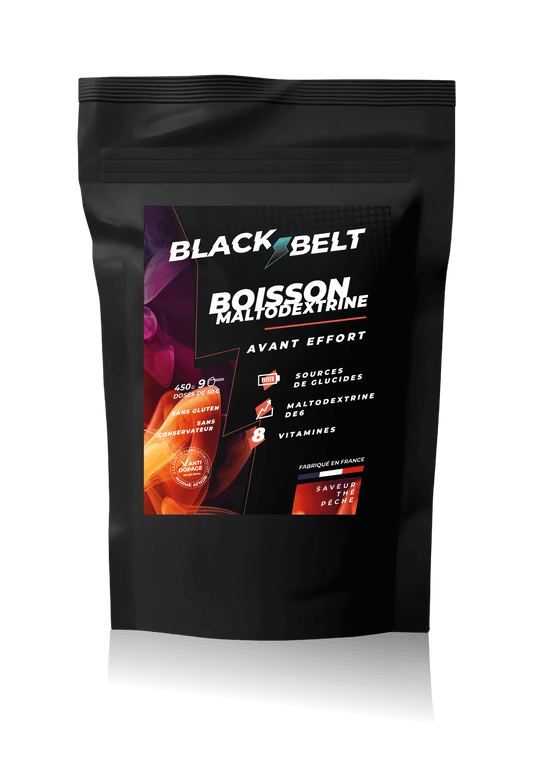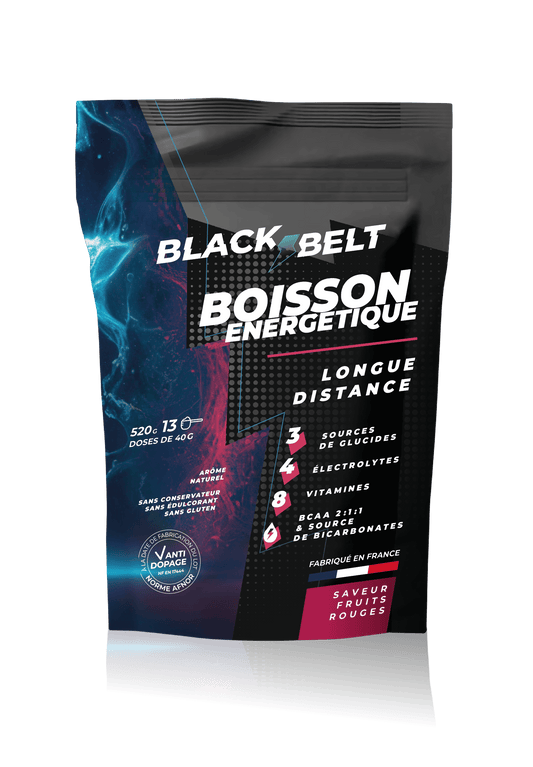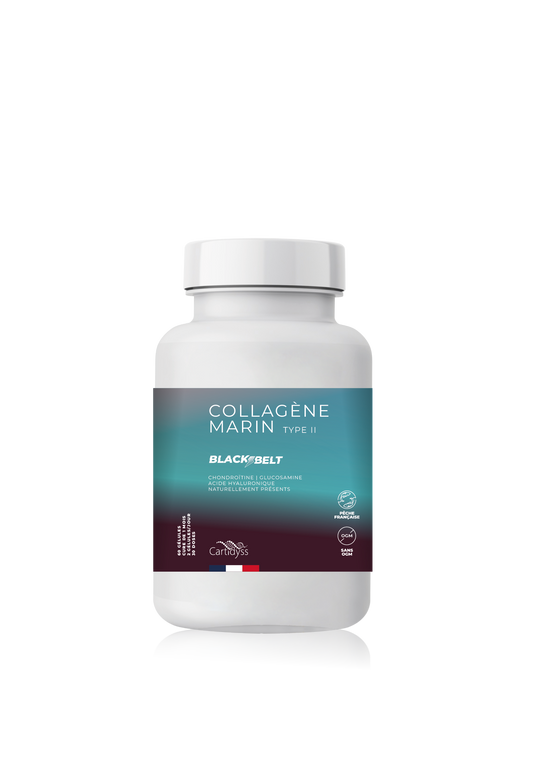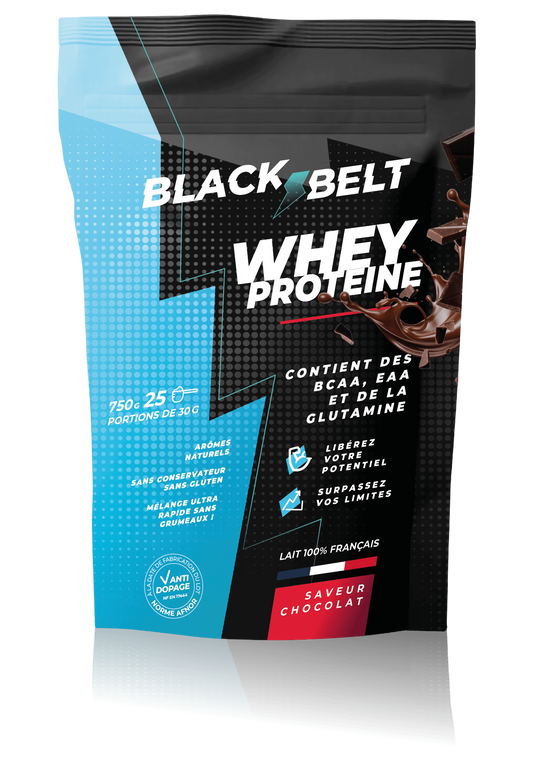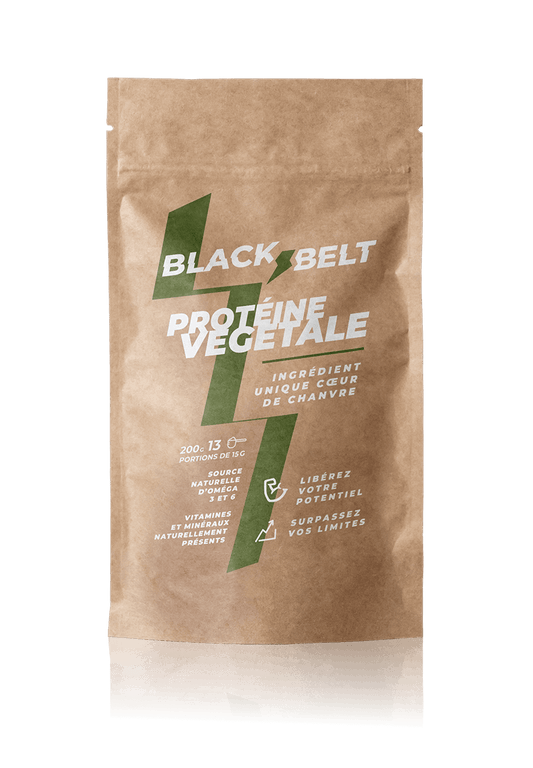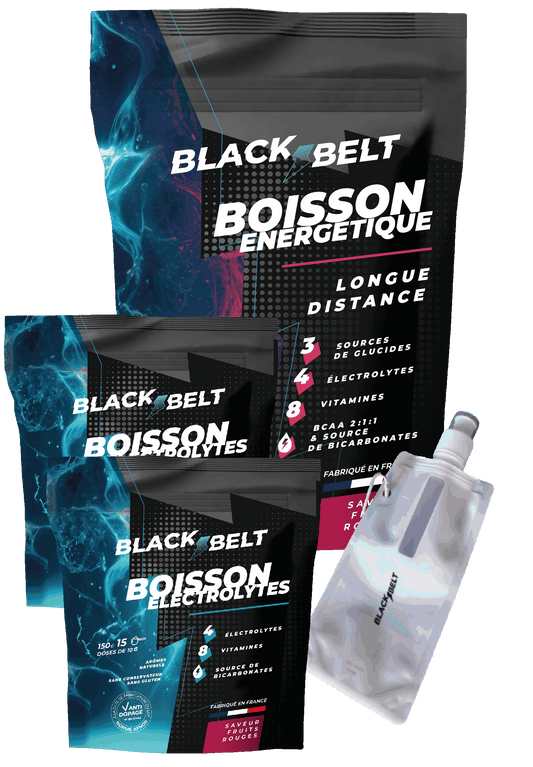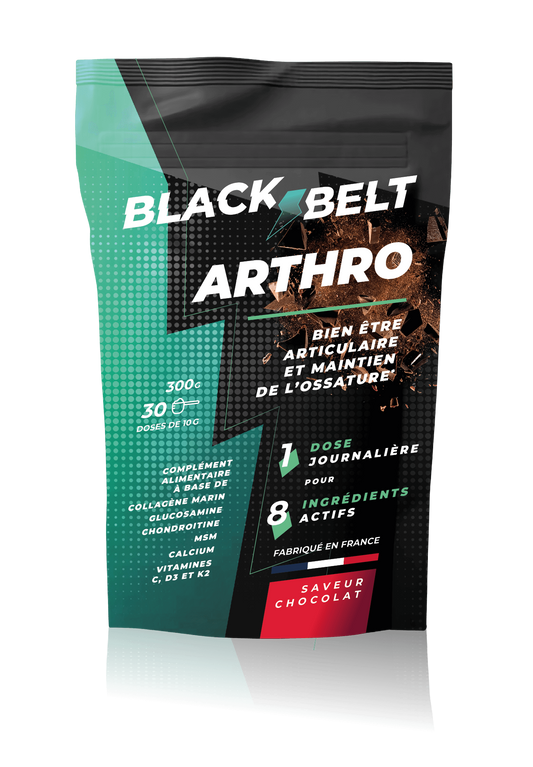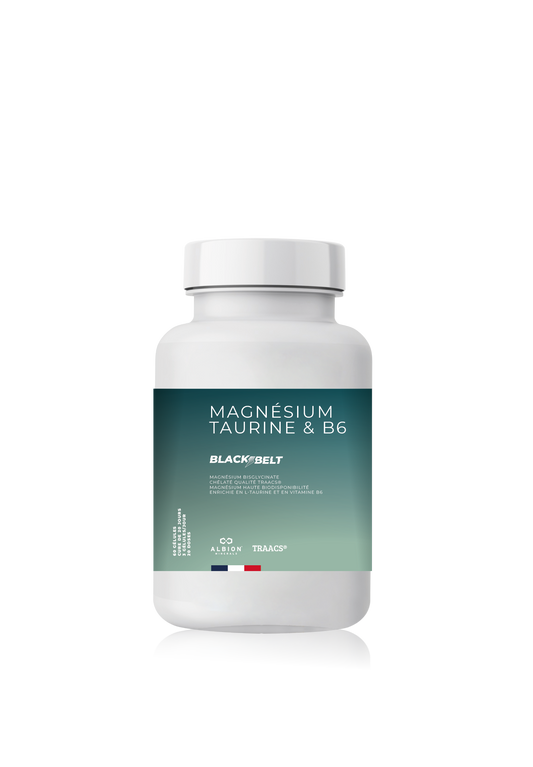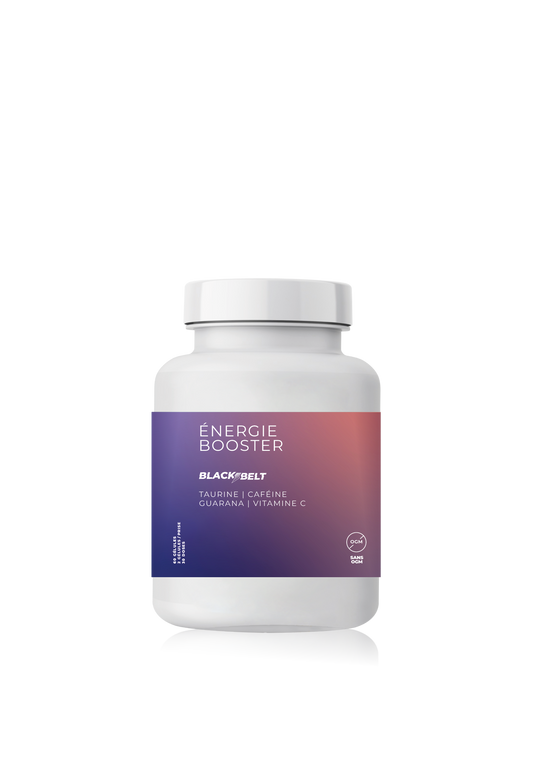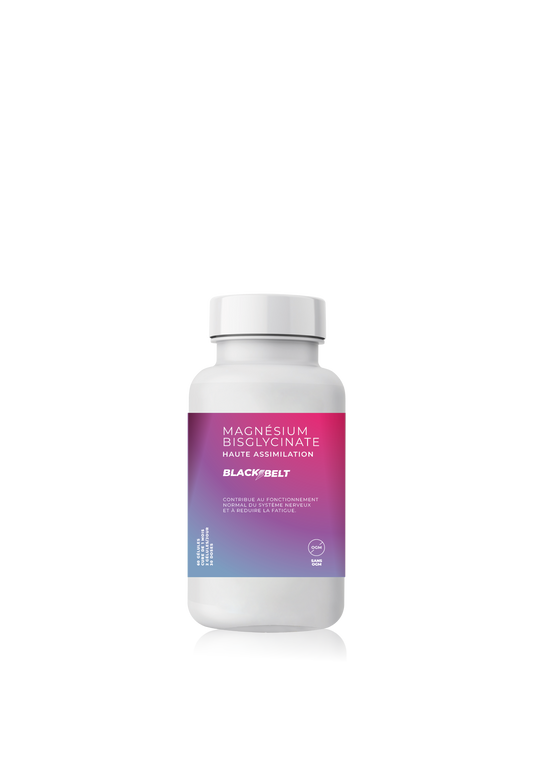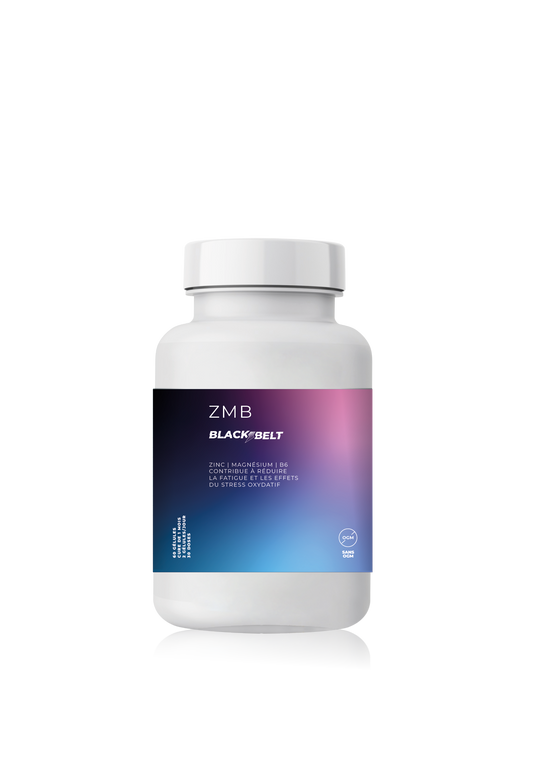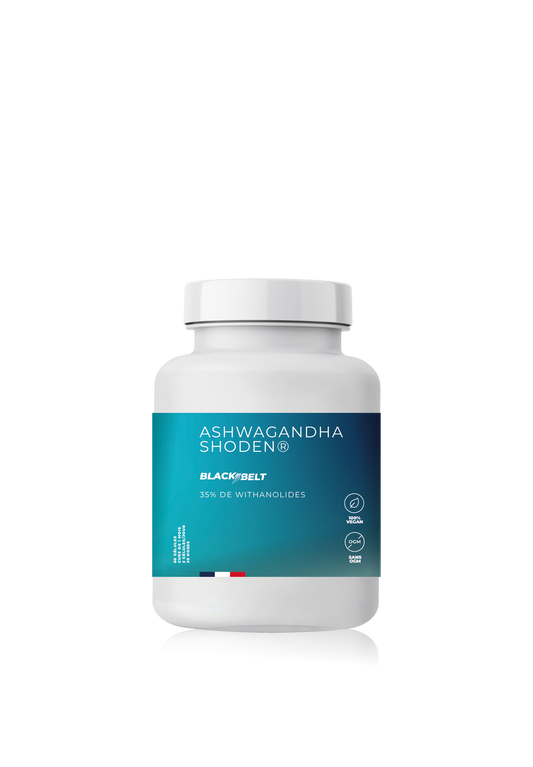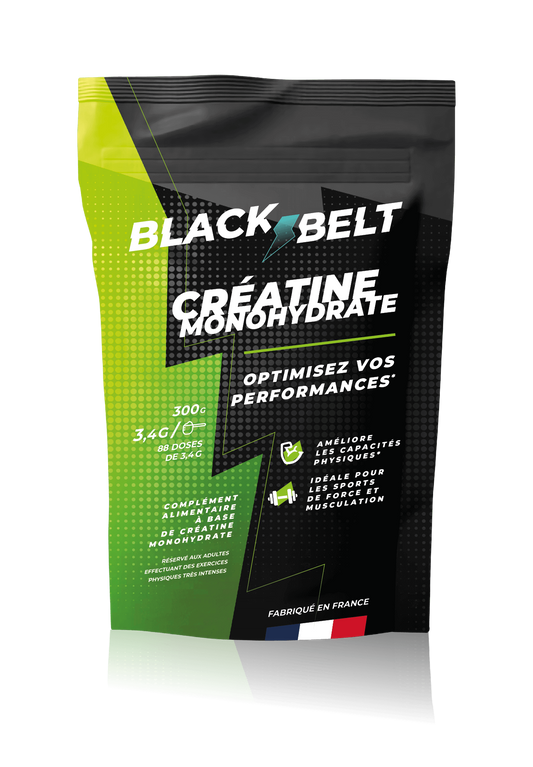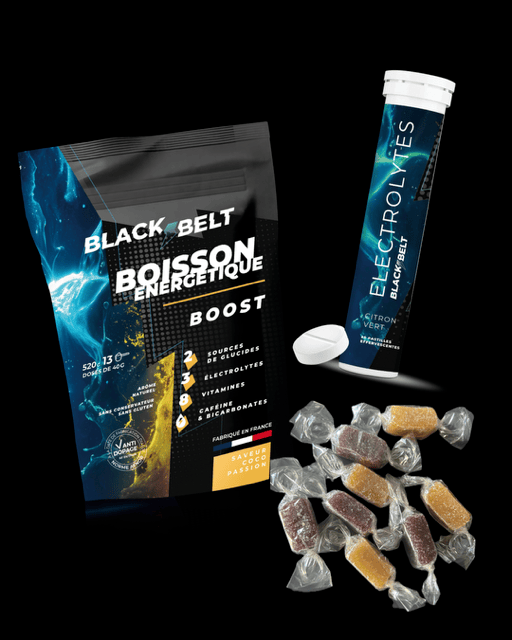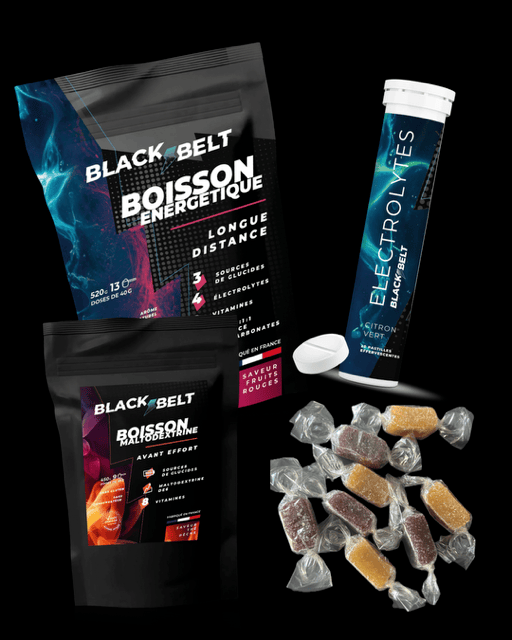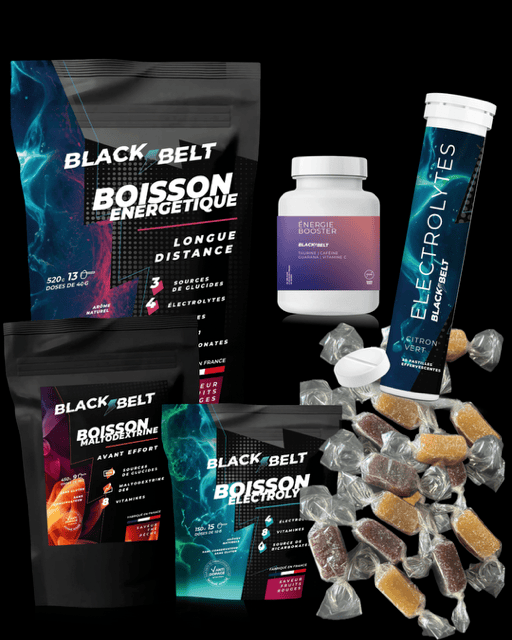
Share
Exercises to Increase VO2 Max in Runners: Methods and Practical Tips
Let's get to the heart of the matter: you all want to know which exercises will increase your VO2 max! And if possible, quickly! But it's above all the regularity and relevance of training, without neglecting recovery, that will make the difference.
Improving your VO2 max is a key goal for all runners looking to optimize their running, trail running, or marathon performance. A VO2 max allows for better oxygen uptake by the muscles, a decisive advantage during intense and prolonged efforts. In this article, we offer a comprehensive overview of exercises and training strategies aimed at increasing your VO2 max , as well as practical tips for effectively incorporating them into your routine.
Understanding VO2 max and its importance
What is VO2 max?
You probably already know this if you're looking to improve it, but a little definition never hurt anyone: VO2 max represents the maximum volume of oxygen your body can use per minute per kilogram of body weight, expressed in ml/kg/min. It is the main indicator of aerobic capacity and the efficiency of your cardiorespiratory system during intense exercise.
Why is VO2 max crucial for runners?
Again, you probably already know this, but let's briefly explain the concept and the point:
• Improved aerobic capacity: A VO2 max allows you to sustain prolonged and intense efforts. And, it fits well with endurance sports.
• Increased performance: Runners with a better VO2 max can maintain a faster pace over long distances. This is also relevant for endurance.
• Training optimization: By knowing your VO2 max, you can better plan your training sessions to effectively work your intensity zones. And you kill two birds with one stone!

Specific exercises to increase VO2 max
Interval training
Finally, the heart of the matter! High-intensity intervals are among the most effective methods for boosting VO2 max.
This type of well-intensive training will "sting" but it will do you good! So keep going!
Sample workout: After a 15-minute warm-up, alternate between 3 to 5 minutes at an intensity close to 90–95% of your maximum heart rate and 3 minutes of active recovery (light jogging or walking). Repeat 4 to 6 times.
Benefits: These sessions stimulate your cardiovascular system and improve your ability to consume oxygen. And yes, it stings when you go all out! But the Blackbelt values also include surpassing yourself!
Hill training
Climbing increases the load on the muscles and puts more strain on the cardiorespiratory system. So yes, let's continue with the workouts that sting.
Essential if you do trail running or mountain biking anyway, they are also useful if you are a flat road runner, because the goal here is to increase your VO2 max .
Example workout: Find a hill about 200 to 400 meters long. Run at a high intensity uphill, then recover by walking back downhill or on the flat. Repeat 6 to 10 times depending on your fitness level.
Benefits: This type of training improves muscle power and oxygenation efficiency.
Good news: you can do interval training on hills. Yes, if you're already hurting yourself, you might as well do it right. But it's for your own good, remember that.
Continuous training at a sustained pace
A fairly routine long run at a slightly faster pace than your usual pace can also increase your VO2 max. Just enough to challenge yourself a little and get out of your comfort zone.
Example workout: Run for 30 to 45 minutes at a brisk pace, just below your anaerobic threshold.
Benefits: This trains your body to maintain a high effort over a prolonged period. And yes, that's the ultimate goal, so from time to time, you have to put yourself in the situation. Aim for progressive and realistic distances, knowing that you'll do less than if you stayed in your comfort zone called EF (Fundamental Endurance).

Incorporate these exercises into your training plan
Now that you have running exercises to increase VO2 max , you still need to structure them into a training plan! So here is what we offer you as a training plan
Structure your training week
Interval sessions: 1 to 2 times per week, to stimulate the cardio-respiratory system.
Hill training: 1 specific session per week, to develop muscular power.
Long outings at a sustained pace: 1 session per week, to build endurance and work on aerobic capacity.
For the more advanced, hill interval training on the second interval training session
The Importance of Recovery
Remember that increasing VO2 max also requires optimal recovery , and that's where we specialize :
Proper nutrition: Consume carbohydrates, protein, and electrolytes after intense workouts to promote muscle repair.
Sleep and Rest: Make sure you get enough rest to allow your body to regenerate and integrate training adaptations.
Practical tips to boost your VO2 max
Measure and track your progress
Use tools like smartwatches or tracking apps (Strava, Garmin Connect) to measure your heart rate, speed, and estimated VO2 max. This data will help you adjust your workouts and track your progress.
Vary your workouts
To avoid monotony and keep your body constantly stimulated, alternate between different sessions (intervals, hills, continuous running) and change routes regularly. It's also good for your mental health, and it's thanks to your mental health that the difference is made! A good transition to the next point!
Stay motivated and persevere
Increasing VO2 max takes time and consistency . Set realistic goals and celebrate every small victory to stay motivated throughout your progress. The importance of small steps should never be overlooked!
Conclusion
Improving your VO2 max is key for any runner looking to push their limits and optimize their performance . Interval training, hills, and brisk runs are effective methods for increasing this aerobic capacity. By incorporating these exercises into a well-structured training plan, and combining them with good nutrition and adequate recovery, you can transform your potential and reach new heights.
Remember, Rome wasn't built in a day, but by adopting these strategies, you'll be better prepared for your races, whether trail running, marathon running, or track running. Stay consistent, measure your progress, and above all, savor every mistake toward better performance!










